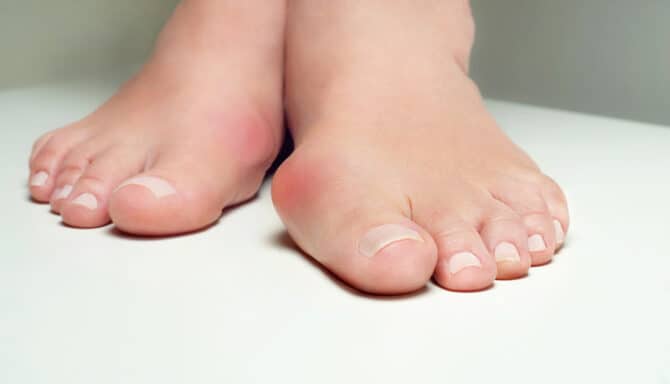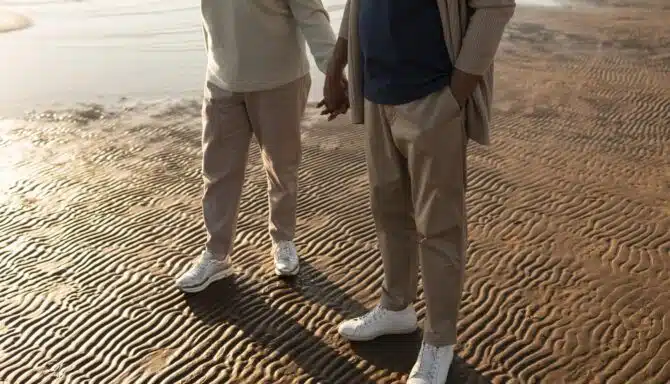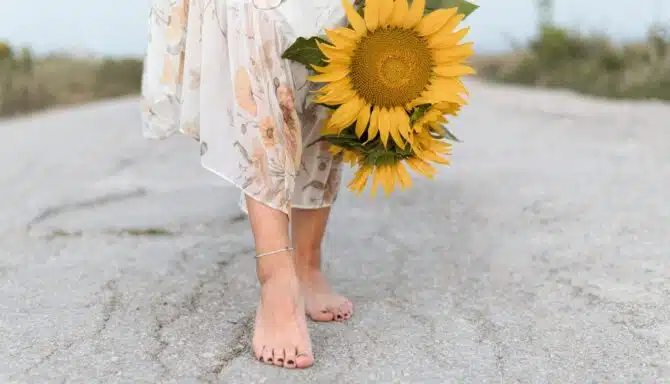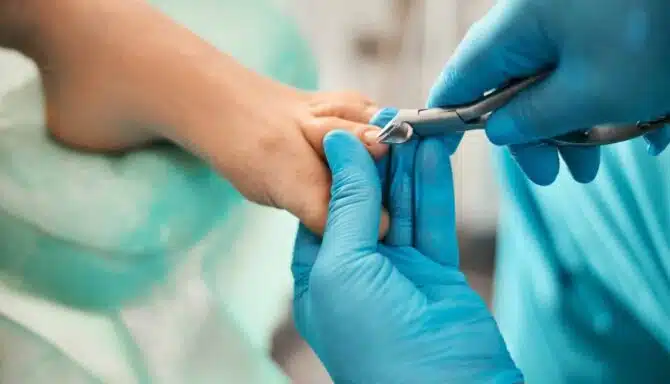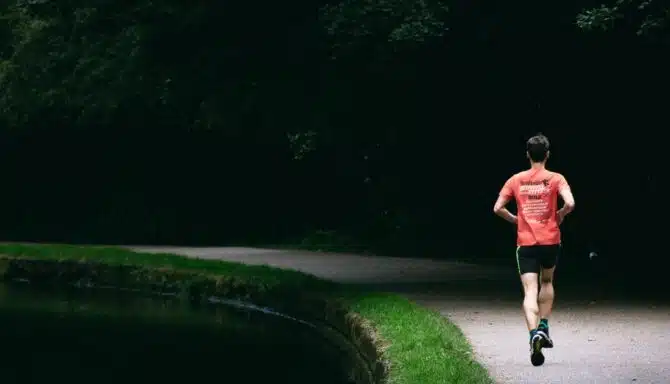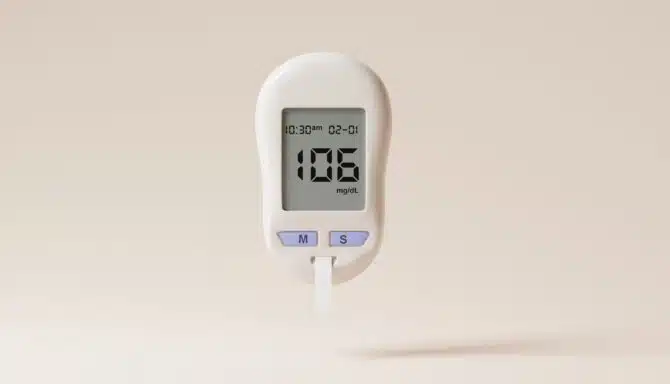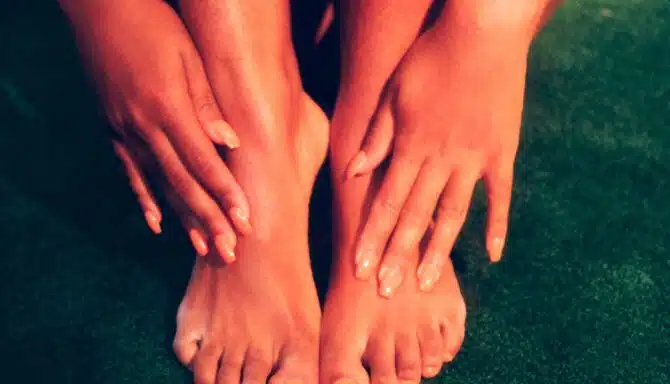You have an odd lesion on your foot: its circular, painful at times, hard, and yellowish in colour. Is it a corn or a wart? Continue reading to find out more on both and how to differentiate the two skin lesions that are commonly confused with one another.
A corn is a build up of hardened tissue with a central and deep core at a localized area of pressure. It is generally found on the toes or on weight bearing areas on the bottom of the foot. People usually complain of a sensation similar to walking on a pebble when they have a corn. The reason why it is so painful is because they tend to run deep and press on nerves.

A plantar wart on the other hand is a noncancerous skin growth caused by the Human Papilloma Virus which has made its home on the top layer of the skin. Warts can occur at the toes and the bottom of the foot, but not always at pressure points per se. Warts are sometimes asymptomatic and may resolve on their own with time; however, are also contagious and can spread to other parts of the foot when left untreated.
The three tell tale signs of a wart are:
- disturbed skin lines
- small black dots
- pain with pinching as opposed to direct pressure.
For either case, it is best to see a Licensed Chiropodist for effective treatment.
Treatment for both are as different as their origins. Through a painless procedure, a corn will be reduced, and the core removed to provide pain relief. Offloading pads may be recommended as well as an assessment for custom foot orthotics. Don’t leave a corn for too long; when exposed to prolonged and extensive pressure, the skin underneath the corn may break, which can lead to a wound and possible infection.
There are several different treatment options for warts, including but not limited to cryotherapy, blistering agents, salicylic acid, and excisions.
To help avoid getting a wart, always wear shoes when using public showers, gyms, and swimming pools, try to prevent injury or breaks in the skin on the foot, and make sure your immune system is in check (eat a well balanced diet and go for annual check ups!).
Make an appointment with a Chiropodist, who will assess the wart OR corn and determine the right treatment path for you.



